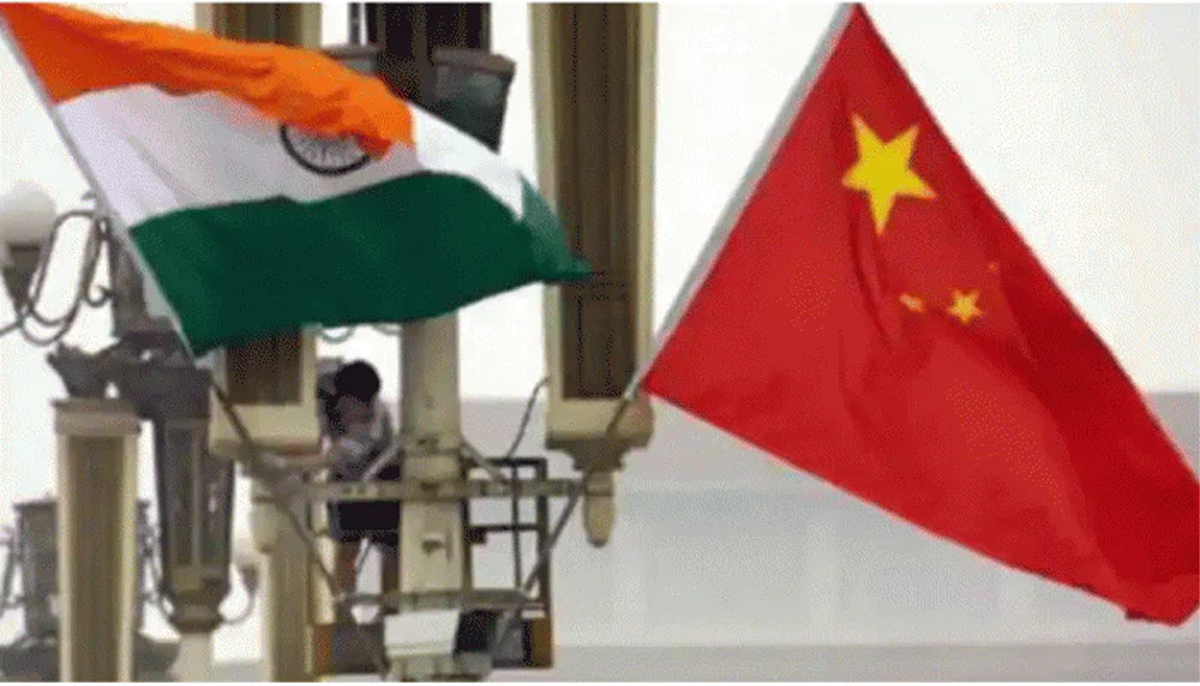India has made it clear that Indo-China relations will not normalise until there is peace and tranquilly in the border areas. India wants to improve relations with China, but the current standoff between Indian and Chinese troops in eastern Ladakh has impacted the relationship between the two countries, and the impasse is not in the interests of both countries. The deployment of troops in forward areas is the main issue. Though both sides are engaged in talks to resolve the row, until there is peace in the border areas, the relationship cannot progress. Following extensive military and diplomatic talks, the two sides successfully disengaged from the north and south banks of the Pangong Lake and the Gogra area, but many other issues remain unresolved.
The eastern Ladakh region has witnessed confrontations and standoffs between Indian and Chinese troops in recent years. The specific points of contention include differing perceptions of the Line of Actual Control, patrols crossing into each other’s territories, infrastructure development near the border, and strategic positioning. India has consistently emphasised the importance of peaceful measures and diplomatic solutions to address conflicts and tensions. But time and again, China flares up confrontation at one or another place.
The India-China standoff in Doklam also happened when China attempted to construct a road on the Doklam plateau. India’s primary concern was that the construction of the road would alter the status quo in the area and potentially impact its security by bringing Chinese forces closer to the vulnerable “Chicken’s Neck” corridor that connects mainland India with its northeastern states. The standoff lasted for over two months, and eventually, India and China agreed to disengage their troops and return to their pre-standoff positions after much deliberation and diplomatic efforts.
The China-Pakistan Economic Corridor (CPEC) has been the subject of objection by India for several years now. The CPEC passes through the Pakistan-occupied territory of Gilgit-Baltistan, which is part of Jammu and Kashmir. This project will enhance China’s military and strategic presence in the region, potentially affecting India’s security interests. India has its own vision of connectivity projects in the region, such as the International North-South Transport Corridor and the Chabahar port in Iran, and this CPEC project is illegal, defying set international norms about disputed territories.
China has territorial disputes with several of its neighbouring countries. China is persistent with its inch-by-inch intrusion and encroachment policy and eventually stakes claims on neighbouring countries’ territories. China continues to occupy the Aksai Chin region of India and raises time and again the already mutually settled issue of the state of Arunachal Pradesh. As recent as this year itself, the renaming of certain places in Arunachal Pradesh by China has caused unwanted controversies that affect mutual ties between the two countries. Building roads, bridges, and airports near borders and even attempts to establish new villages in disputed areas are other objectionable activities by China. All these things, taken collectively, are clear acts of aggression.
India is rightly taking things at face value. In addition to diplomatic and other channels of talks, India, bitter by its past experiences, is focusing on improving its border infrastructure along the India-China border. All three wings of armed forces are being modernised by procuring advanced weaponry, upgrading equipment, and enhancing operational capabilities. This has enhanced India’s deterrence and defence capabilities against any potential aggression. India has actively pursued strategic alliances and partnerships with like-minded countries, such as the United States, Japan, Australia, and ASEAN nations, to counterbalance China’s influence in the region. The “Make in India” initiative is a game changer to boost self-reliance and reduce reliance on Chinese imports.
Though India believes in maintaining peaceful relations and resolving conflicts through dialogue and diplomacy, it has also raised its bar in terms of self-reliance, strategic partnerships, and security preparedness. Diplomatic negotiations and mutual talks are the way forward, but India is ready to take on any challenge to its territorial integrity.
Trending Now
E-Paper


